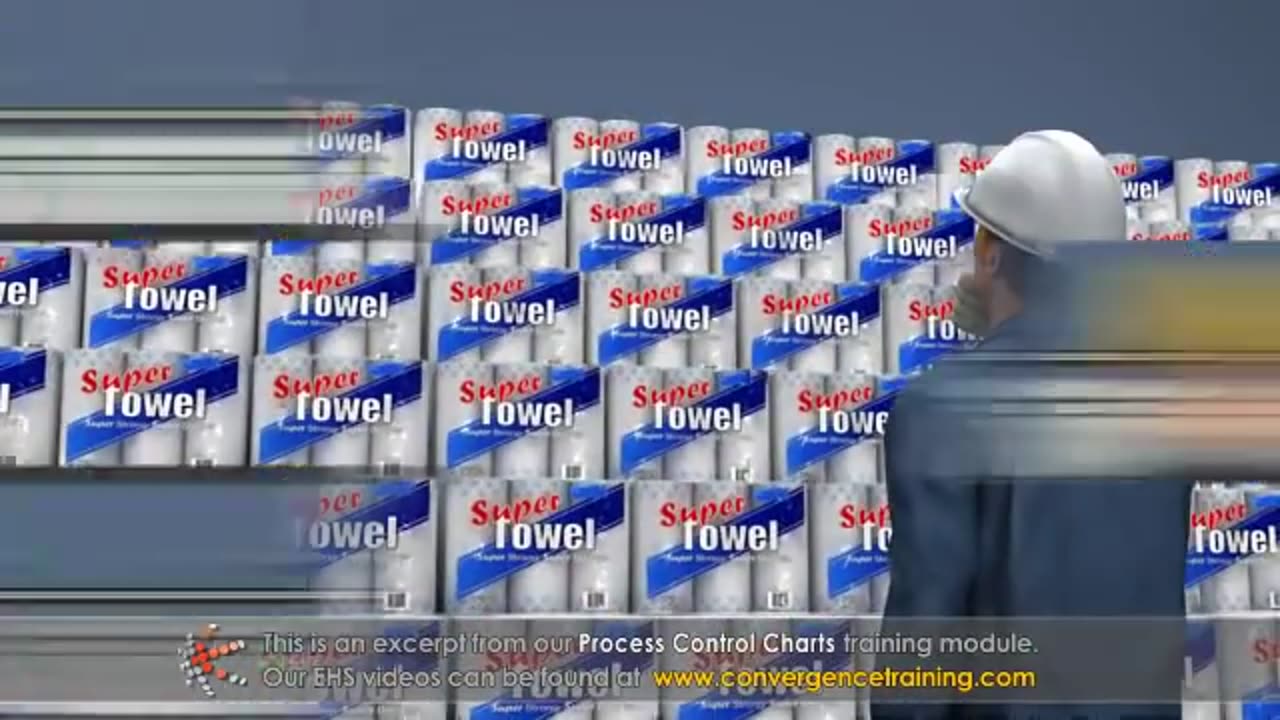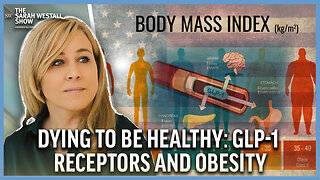Premium Only Content

Process Control Charts
Process Control Charts are tools used in statistical process control (SPC) to monitor and control processes. They help detect variations in a process and determine whether the process is stable or needs corrective action. Here's a breakdown:
---
### **Key Components of a Control Chart**
1. **Center Line (CL):** Represents the process average or mean.
2. **Upper Control Limit (UCL):** The upper threshold for acceptable variation, typically set at three standard deviations above the mean.
3. **Lower Control Limit (LCL):** The lower threshold for acceptable variation, typically set at three standard deviations below the mean.
4. **Data Points:** Represent individual measurements or averages of samples taken over time.
5. **Control Zones:** Divide the chart into areas (±1σ, ±2σ, ±3σ) to help detect patterns or trends.
---
### **Types of Control Charts**
1. **Variable Data Charts (Continuous Data):**
- **X̄ and R Chart:** Monitors the process mean (X̄) and range (R).
- **X̄ and S Chart:** Similar to X̄ and R but uses standard deviation (S) instead of range.
- **Individuals and Moving Range (I-MR) Chart:** For single measurements, tracks individual values and their moving range.
2. **Attribute Data Charts (Discrete Data):**
- **P Chart (Proportion Chart):** Monitors the proportion of defective items in a sample.
- **NP Chart:** Tracks the number of defective items in a sample (used when sample size is constant).
- **C Chart:** Counts the number of defects per unit.
- **U Chart:** Tracks the number of defects per unit where the sample size can vary.
---
### **Steps to Create a Control Chart**
1. **Define the Process:** Identify the process or characteristic to monitor.
2. **Collect Data:** Gather data points in samples over time.
3. **Calculate Parameters:** Determine the mean, range/standard deviation, and control limits.
4. **Plot the Chart:** Plot data points, the mean, and control limits.
5. **Interpret the Chart:** Look for patterns, trends, or points outside control limits.
---
### **Interpreting Control Charts**
- **In Control:** Data points are within control limits with no unusual patterns.
- **Out of Control:** Indicators include:
- Points outside the control limits.
- Run of 7+ points above or below the mean.
- Sudden shifts or trends.
- Repetitive patterns or cycles.
---
### **Benefits of Control Charts**
- Detect process instability early.
- Identify special cause variations (unexpected events).
- Monitor process improvements over time.
- Improve decision-making with data-driven insights.
Control charts are essential for ensuring consistent quality and performance in manufacturing, service industries, and beyond.
-
 1:25:53
1:25:53
Kim Iversen
3 days agoStriking Back: Taking on the ADL’s Anti-Free Speech Agenda
67.8K32 -
 49:35
49:35
Donald Trump Jr.
11 hours agoA New Golden Age: Countdown to Inauguration Day | TRIGGERED Ep.202
148K170 -
 1:14:34
1:14:34
Michael Franzese
10 hours agoWhat's Behind Biden's Shocking Death Row Pardons?
65.3K47 -
 9:49
9:49
Tundra Tactical
9 hours ago $13.14 earnedThe Best Tundra Clips from 2024 Part 1.
76.9K7 -
 1:05:19
1:05:19
Sarah Westall
9 hours agoDying to Be Thin: Ozempic & Obesity, Shedding Massive Weight Safely Using GLP-1 Receptors, Dr. Kazer
70.5K19 -
 54:38
54:38
LFA TV
1 day agoThe Resistance Is Gone | Trumpet Daily 12.26.24 7PM EST
51.7K9 -
 58:14
58:14
theDaily302
18 hours agoThe Daily 302- Tim Ballard
52.8K7 -
 13:22
13:22
Stephen Gardner
11 hours ago🔥You'll NEVER Believe what Trump wants NOW!!
102K245 -
 54:56
54:56
Digital Social Hour
1 day ago $10.51 earnedDOGE, Deep State, Drones & Charlie Kirk | Donald Trump Jr.
56.4K5 -
 DVR
DVR
The Trish Regan Show
13 hours agoTrump‘s FCC Targets Disney CEO Bob Iger Over ABC News Alleged Misconduct
61.7K37